Spacecraft type ghoda Design life 7 years Start date April 3, 2014 | Constellation 2 Launch mass 2300 kg | |
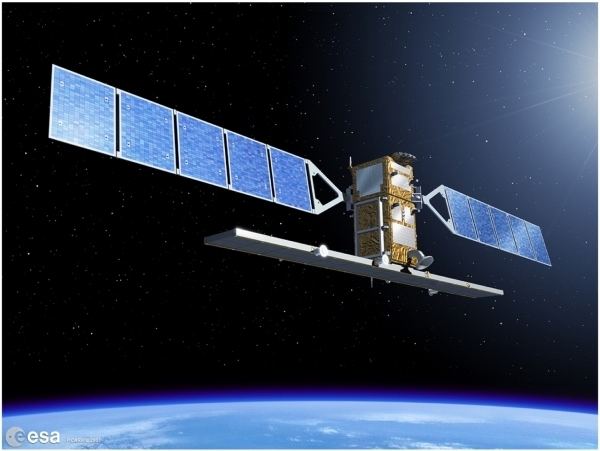 | ||
Manufacturer Thales Alenia SpaceAstrium SatellitesDLRJena-Optronik Applications Land and sea monitoring, natural disasters mapping, sea ice observations, ships detection | ||
Download sentinel 1 imagery for free from esa
Sentinel-1 is a space mission funded by the European Union and carried out by the ESA within the Copernicus Programme, consisting of a constellation of two satellites. The payload of Sentinel-1 is a Synthetic Aperture Radar in C band that provides continuous imagery (day, night and all weather).
Contents
- Download sentinel 1 imagery for free from esa
- Sentinel 1 radar mission
- Instruments
- Applications
- Industrial
- Spacecraft
- References
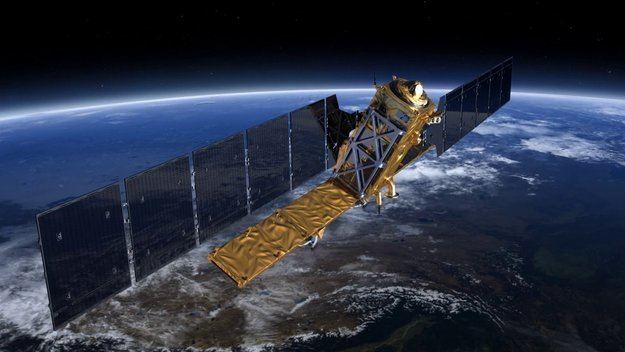
On 12 March 2010, the European Space Agency and Thales Alenia Space signed a contract worth €270 million to build the second satellite of the Sentinel-1 pair.

First Sentinel 1A arrived at launch site in Kourou, French Guiana on 25 February. Sentinel-1A satellite was launched on 3 April 2014, by a Soyuz Rocket.
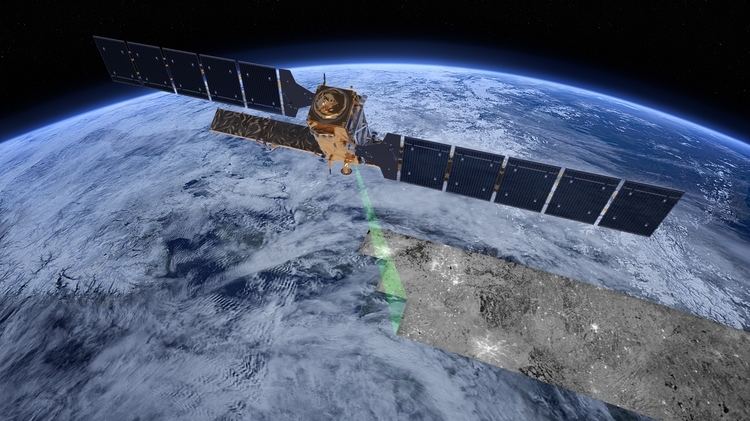
Sentinel 1 radar mission
Instruments
Sentinel-1 spacecrafts are designed to carry following instruments:
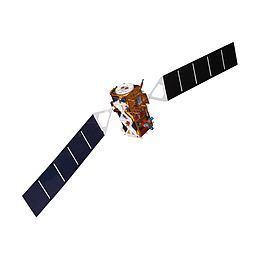
Applications
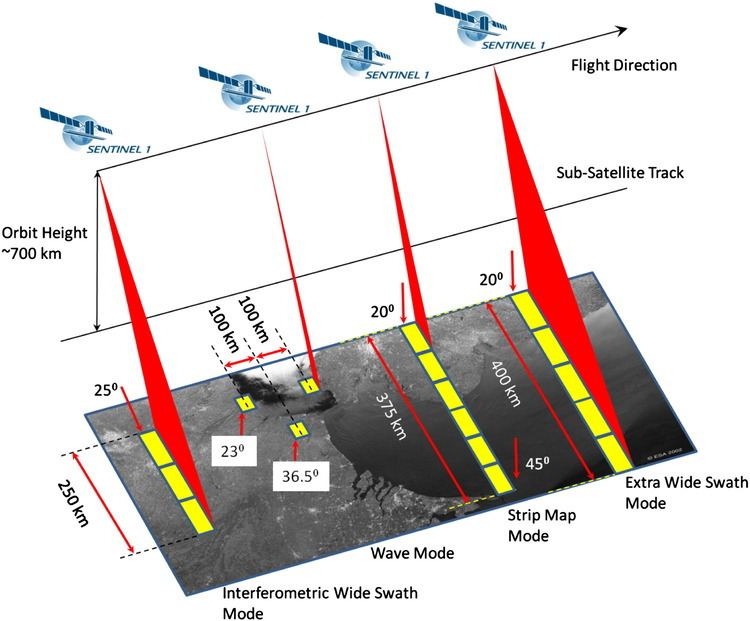
Sentinel-1 will provide continuity of data from ERS and Envisat missions, with further enhancements in terms of revisit, coverage, timeliness and reliability of service.
A summary of applications are:
Shortly after the August 2014 South Napa earthquake, data collected by Sentinel 1A was used to develop an interferometric synthetic aperture radar, or InSAR, image of the affected region. The Sentinel-1 satellites are expected to make analysis of earthquakes using InSAR techniques quicker and simpler.
Industrial
Prime contractor of mission is Thales Alenia Space Italy, with whole system integration and also with production of platform Spacecraft Management Unit (SMU) and payload Data Storage and Handling Assembly (DSHA). SAR instrument on payload is the responsibility of Astrium Gmbh. The Ground Segment prime contractor is Astrium with subcontractors Telespazio, WERUM, Advanced Computer Systems and Aresys.
